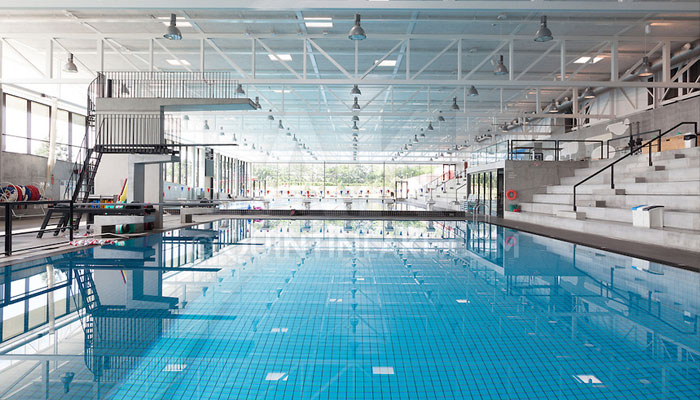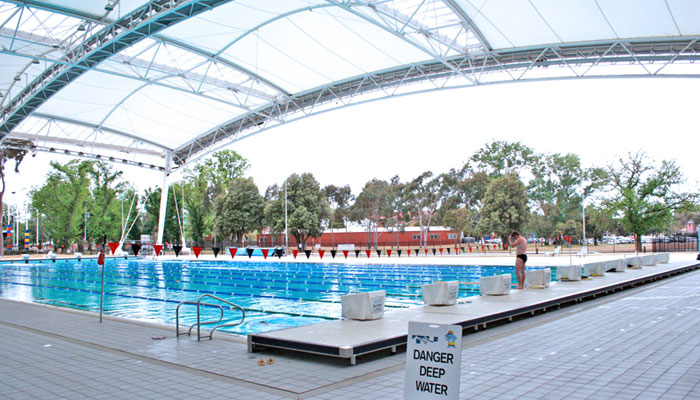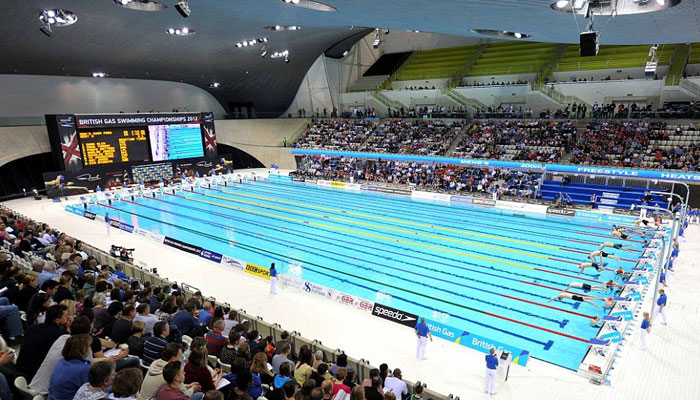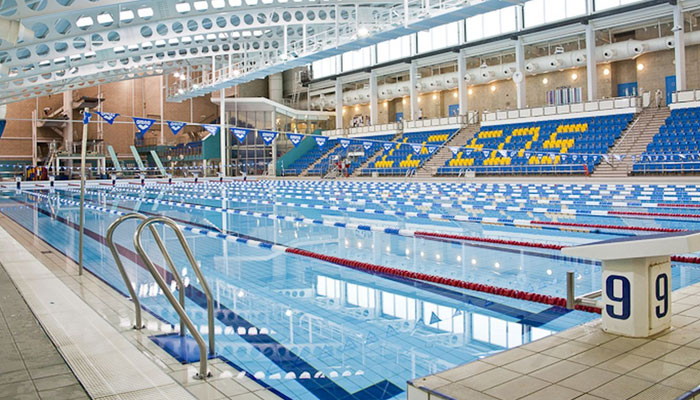Sydney International Aquatic Centre
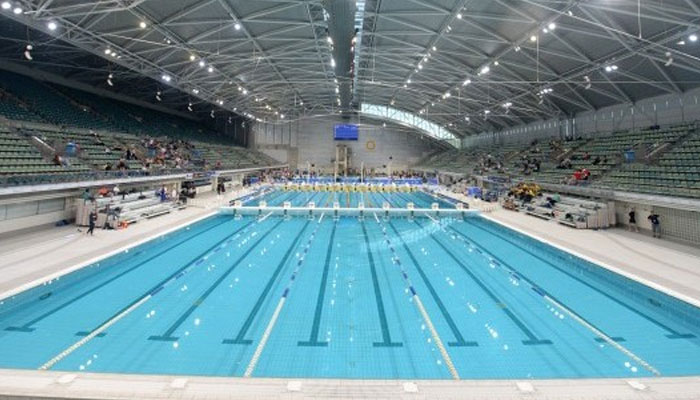
Swimming stadiums have been around for centuries, with the first public swimming pool, the Great Bath, being built in Mohenjo-daro, Pakistan, around 2600 BC. The evolution of swimming pools continued throughout history, with the first indoor swimming pool being built in England in the 19th century. Today, swimming stadiums are state-of-the-art facilities that provide athletes with world-class training and competition spaces.
Design and Architecture
Swimming stadiums are designed with swimmers and spectators in mind. The Sydney International Aquatic Centre is a world-class facility that boasts two Olympic-sized swimming pools and a diving pool. The stadium also features a seating capacity of 10,000, which makes it an ideal venue for hosting major international events like the Olympics and World Championships.
Facilities
In addition to the swimming pools and seating areas, the Sydney International Aquatic Centre features numerous facilities to support swimmers and visitors. There are locker rooms, showers, saunas, and therapy pools, as well as equipment rooms and storage spaces for athletes' equipment.
Maintenance and Safety
The Sydney International Aquatic Centre places a high priority on maintenance and safety. Regular maintenance and cleaning are conducted to ensure the facility remains safe for swimmers and visitors. Lifeguards are also stationed around the pools to provide additional safety measures.
Events
The Sydney International Aquatic Centre is a venue that has hosted several major international events, including the 2000 Summer Olympics and the 2007 World Swimming Championships. The stadium has also been used for concerts and trade shows, demonstrating its versatility.
Sustainability
Modern swimming stadiums like the Sydney International Aquatic Centre incorporate sustainable features and technologies to reduce their environmental impact. For example, the facility uses solar panels and energy-efficient lighting and HVAC systems.
Accessibility
The Sydney International Aquatic Centre is designed to be accessible for people with disabilities, with ramps, elevators, and accessible seating areas. This ensures that everyone can enjoy the benefits of swimming and attend events at the stadium.
Training and Coaching
Swimming stadiums like the Sydney International Aquatic Centre serve as training and coaching centers for athletes. Professional swimmers and coaches use the facilities for training and preparation for competitions, making it an essential part of the sports industry.
Economic Impact
The Sydney International Aquatic Centre has had a significant economic impact on the local community. The stadium creates job opportunities and generates revenue through hosting events and attracting visitors, making it an important asset for the community.
Community Engagement
Swimming stadiums like the Sydney International Aquatic Centre can engage with their local communities to promote swimming and healthy lifestyles. Programs for kids and adults, partnerships with schools or community organizations, and outreach efforts to underserved communities are just some of the ways that the stadium can make a positive impact on the community.
Overall, swimming stadiums are an important part of the sports industry, providing world-class facilities for athletes and fans alike. From their design and architecture to the events they host and the benefits they bring to the local community, swimming stadiums are a vital component of the sporting landscape. As we look to the future, we can expect to see even more exciting developments in the world of swimming stadiums, as they continue to evolve and adapt to meet the changing needs of athletes, fans, and communities around the world.

